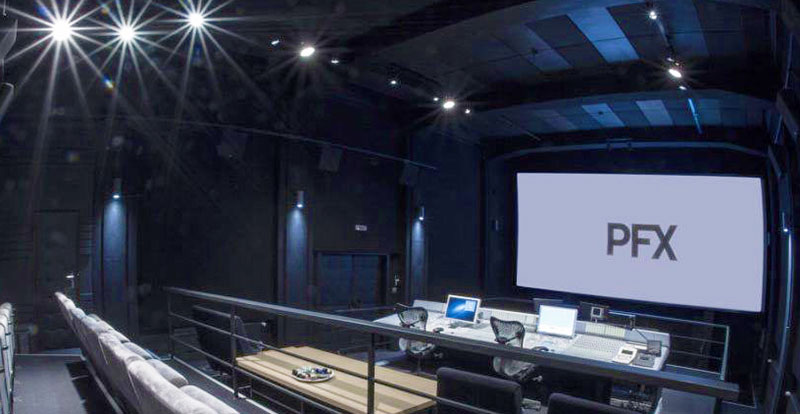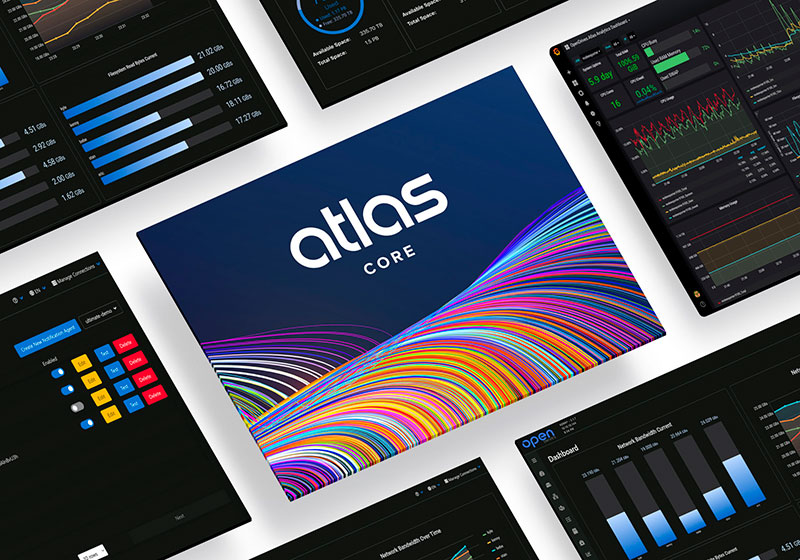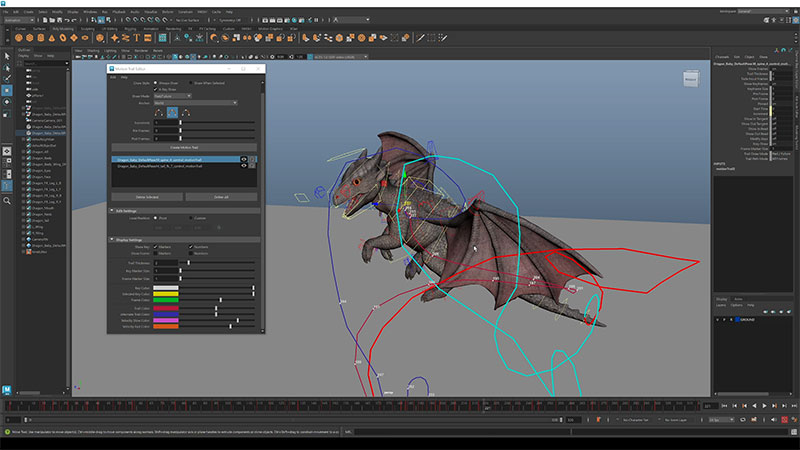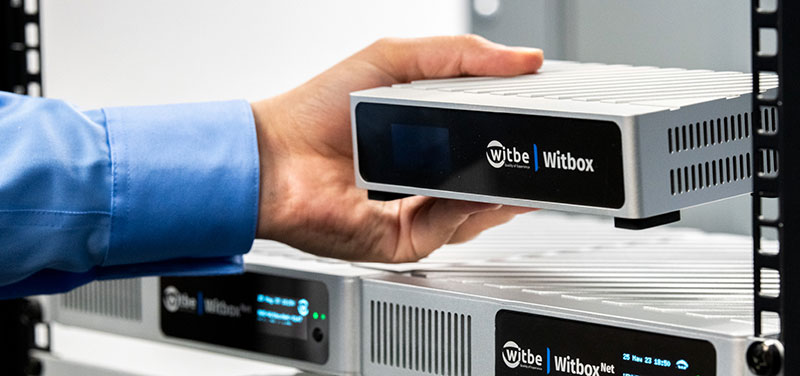Martin Polak at PFX post facility in Prague talks about adopting the Qumulo File Data Platform to manage and centralise the massive file data for its four studios, and gain real-time visibility.

PFX post-production company, based in the Czech Republic, works from four studios – three in Prague and a new one in Bratislava, Slovakia, and leads a global team of over 150 artists. The studio delivers post, animation and VFX services for film, television and advertising projects, and its clients include HBO Max, Disney, Amazon studio and others.
Success in these projects has led to rapid growth for PFX, and to the new studio in Slovakia, which was built recently to manage a growing slate of productions. While this expansion has been good news for the studio, the big data behind PFX’s expanding production portfolio ultimately led to technical issues.
Relying on a Hitachi HNAS system as their main storage, PFX became aware of its limitations in terms of scalability and expansion of capacity. NAS systems typically give access to files using network file sharing protocols – rules for multiple clients on a network to access the same data on the storage system – but as the HNAS lacked a true multi-protocol NAS approach, application management across vendors became a stumbling block. The facility also encountered general challenges in performance.
Capacity, Performance and Scale
Looking for a simpler way to manage their NAS system, PFX began using the Qumulo File Data Platform to manage and centralise its massive file data for all four sites.

Making this change has given the studio an opportunity to increase its storage capacity and performance, and to scale the system with more agility and control than before. Capacity can be expanded as it is needed, and since PFX opted for an all-NVMe solution with Qumulo, the performance improvement was noticeable from the start.
PFX is now using Qumulo as their active storage for all workloads, while HNAS serves as their lower-performance, archival storage and backup. To achieve a high-bandwidth, low-latency user experience, the NVMe protocol accesses flash storage and SSDs via a PCIe bus supporting many thousands of parallel command queues. The result is much faster performance than hard disks and earlier all-flash architectures that can only run a single command queue. NVMe can also take advantage of nonvolatile memory, and may be extendable to persistent memory systems of the future.
Real-time Visibility
“Some time ago, we wanted to expand the render farm at PFX, but the existing system could not accommodate the type of expansion we had in mind,” said Martin Polak, Head of IT at PFX. “We wanted to dedicate storage to serve as a render cache, sending data to the cache and thereby avoiding impact on other operations accessing the storage.
Reading from cache is less computationally expensive than having to first work through, for instance, an uncached simulation, leaving resources available for rendering. It also allows distributing the render, or rendering frames out of sequence without the overhead of stepping through the frames to the one in question, which is useful when failed rendered frames need to be picked up.

Having the control over data needed for effective management at scale is impossible without real-time data visibility, but is a key factor in the M&E sector. Martin particularity likes Qumulo’s real-time analytics dashboard and data services, features designed to control access, monitor usage, prevent bottlenecks and predict costs using live data.
He commented, “The overview of the system visibility on Qumulo is expansive, whereas with Hitachi’s HNAS, it is more or less a black box. It is important to know where the hot spots are to manage them better and react faster.” For example, when PFX’s central repository management plug-in was causing the system to slow down, they were able to fix the issue using the dashboard.
RESTful API – Management and Automation
As well as efficient management and real-time analytics, Qumulo’s software is complemented and managed by a robust REST API. REST API architecture uses HTTP requests to access and use data and exchange it securely over the internet, serving as a way for two computer systems to communicate. For PFX, it helps retrieve all information with REST calls and supports automation of key processes. Information presented in the Analytics tab can be retrieved with REST calls against the API, and most file system operations can also be invoked with the REST API.
The API works in both ‘pull’ and ‘push’ client/server interactions - that is, both when the user’s client requests the information, and when the server needs to send relevant information as it becomes available. This latter push type of interaction is useful for systems that are continuously updated, whereas the pull scenarios are critical when the server must receive and verify requests, process information and send a response back to the client.

Martin Polak, Head of IT at PFX
The REST API was implemented in code and integrated into PFX’s automated systems. It functions much faster than relying entirely on the standard SMB protocol, however, SMB is still needed for certain essential tasks. This was one reason why it was important to establish the multi-protocol environment PFX was aiming for.
Moving to Qumulo
Implementing the Qumulo software at PFX was simple and straightforward. Migration was not needed. The facility had a few challenges on the network during the actual implementation, but once the configuration was changed, the system ran smoothly without further issues. Once the team established direct contact with the support staff and received their dedicated SLACK account – Qumulo’s support operators rely on Slack channels for sharing files and messages – they appreciated the continuous quick-turnaround help.
So far, PFX says its five top technical and business outcomes from Qumulo are its overall simplicity, increased capacity, real-time analytics and visibility, high performance and the customer support. The company is currently considering an expansion in their use of Qumulo software.

“Hitachi HNAS has been difficult to expand. We expanded three times in terms of space, and we had already reached the limit. At that point, we could have changed the engine head on the storage, but this would also mean we would have needed to replace the drives – a major overhaul,” Martin said.
“With Qumulo, we have both scalability in capacity and performance in one. Everything worked from the start. The company has a customer-focused approach, doesn’t approach you with an overload of information, and helps us concentrate on what is essential for us.” qumulo.com




















